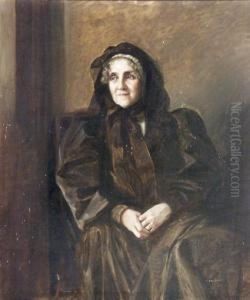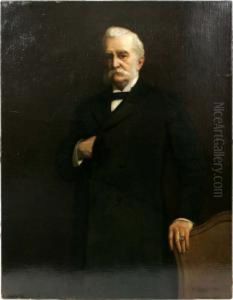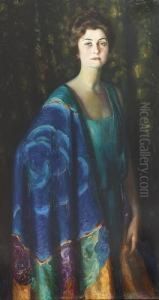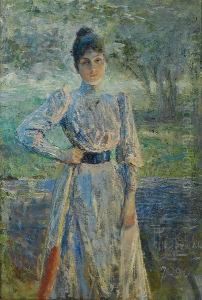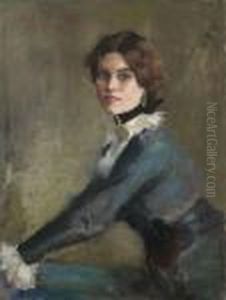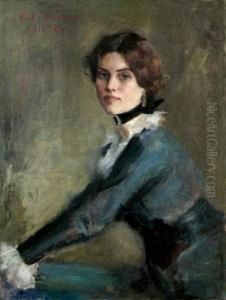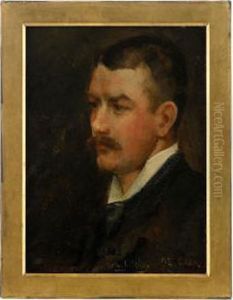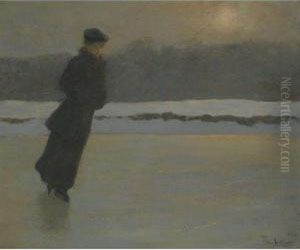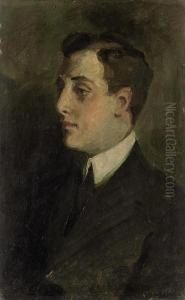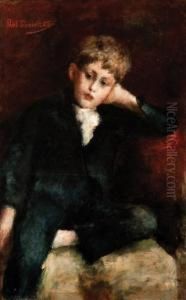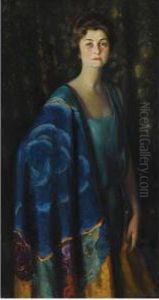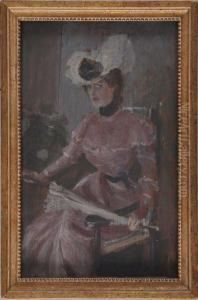Pierre Troubetzkoy Paintings
Pierre Troubetzkoy was a Russian-Italian painter known for his impressionistic portraits and scenes of high society life in the late 19th and early 20th centuries. Born in the Russian Empire, in the region of Novgorod, to a noble family of mixed Russian and American descent, Troubetzkoy displayed a talent for painting from a young age. His father, Prince Peter Troubetzkoy, was a diplomat, which brought young Pierre into contact with various cultures and artistic traditions early in life.
Troubetzkoy studied art in Milan, Italy, under Giuseppe Bertini and later in Paris, where he absorbed the influences of the Impressionists. His style was noted for its dynamic brushwork and keen observation of light and social nuances. He became particularly known for his portraits, in which he captured the elegance and sophistication of his subjects, often depicting aristocrats, socialites, and thoroughbred horses.
Throughout his career, Troubetzkoy exhibited his work widely, including shows in Italy, France, the United Kingdom, and the United States. His works were well-received, and he gained a reputation as a portraitist of the elite, painting notable figures of the time, including members of the Russian Imperial family, American industrialists, and European aristocrats.
Troubetzkoy's art was not limited to portraiture; he also painted landscapes and genre scenes, reflecting his travels and diverse interests. He was particularly fond of depicting Italian and French scenery, where he spent much of his life.
Despite his noble lineage, Troubetzkoy was actively involved in the art community and participated in various exhibitions and art societies. He was a member of the Société Nationale des Beaux-Arts in France and the Secession in Munich, among others.
Pierre Troubetzkoy's work continued to develop throughout his life, and he left behind a significant body of work that reflects the social atmosphere and artistic trends of his time. He passed away in Italy in 1936, leaving a legacy as a prominent painter of the Belle Époque. His paintings are now held in private collections and museums around the world, cherished for their vibrant representation of an era characterized by elegance and cultural transformation.
